6 best reflective materials for an indoor cannabis grow
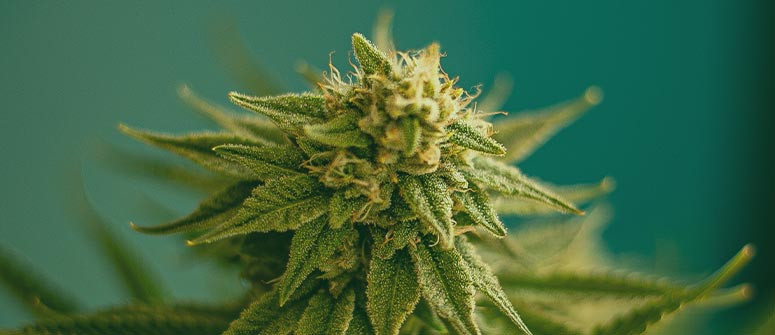
There are several viable materials you can use to reflect light inside your cannabis grow room. Here we examine the pros and cons of six of the most popular reflective materials to help you to decide which one is best for your setup, budget, and experience level.
Contents:
- What are reflective grow room materials?
- How can reflective materials improve weed plant performance?
- Best reflective materials for growing cannabis indoors
- What shouldn’t you use as reflective material for growing marijuana?
- Essential tips for using reflective materials in your cannabis grow room
- The best reflective material to grow big buds
When people think of growing weed, especially indoors, one of the first things they tend to picture is a room lined with reflective materials, with big grow lights dangling above.
Choosing a reflective material to line your grow room can be difficult, as there are several good options. In this article, we outline six of the most popular reflective materials for cultivating cannabis, and explore their pros and cons so you can be more informed to make a decision.
What are reflective grow room materials?
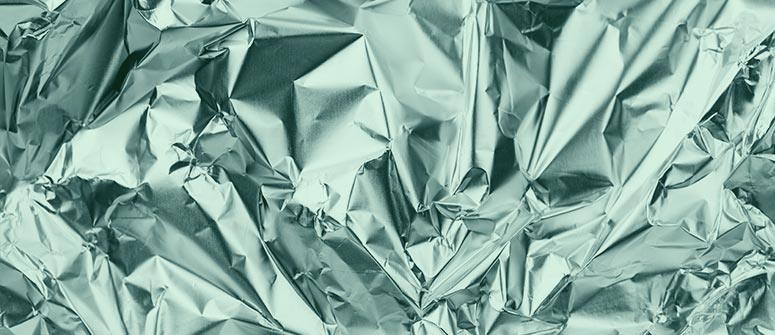
Reflective materials are used to line grow rooms and grow tents. Though you can successfully grow a crop indoors without reflective materials, you’d be wasting a lot of light, and therefore would miss out on a lot of potential buds.
Essentially, these materials ensure that as much light as possible hits your plants’ leaves, fuelling photosynthesis and, ultimately, producing large yields.
Different materials offer different levels of reflectivity. In no particular order, here are the more common reflective linings used to grow weed:
- Aluminium foil
- Emergency blankets
- Mylar
- Panda film
- Orca film
- Flat white paint
Of the above options, some are very cheap (such as aluminium foil), whereas others can be quite expensive (such as orca film). Choosing one appropriate for your grow requires an understanding of how much you are willing to spend, and how good your growing skills are. Using the most expensive and reflective material is only worth it if all the other aspects of the grow are near-perfect.
How can reflective materials improve weed plant performance?
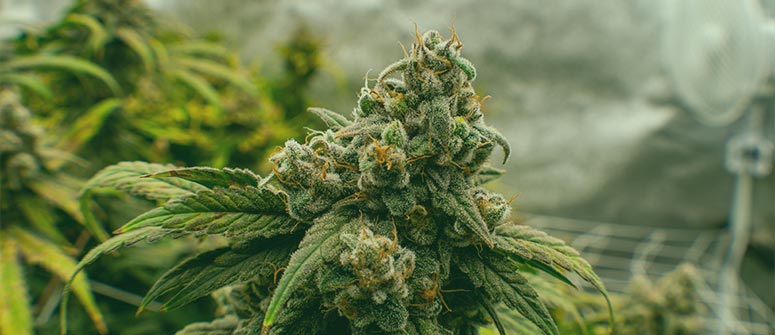
As mentioned, reflective materials are beneficial for growing weed as they allow plants to absorb a greater percentage of the light emitted by your grow lights. It’s quite simple, really. Normally, light from grow lamps is emitted in a cone shape. While the light in the middle of the cone effectively hits the plants, the light on the outside often goes to waste. By using reflective material, however, this wayward light can be harnessed and redirected to your plants.
Light is a crucial source of fuel for plants. They use it to synthesise carbohydrates from water and carbon dioxide. So the more light plants have access to, the more they are able to photosynthesise, and the more energy they can create for themselves, to a degree. Producing huge, cannabinoid-rich buds is an energy-intensive process for cannabis plants. Given this, if they have access to more sources of energy, then they are inevitably able to produce bigger, stronger buds, leading to a greater harvest for you!
Best reflective materials for growing cannabis indoors
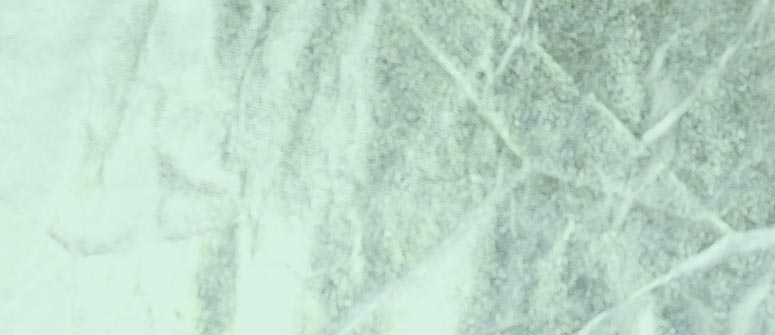
Building the perfect grow room or grow tent is a worthy endeavour, and lining it with a suitable reflective material is one of the more important considerations.
Below we outline six of the most popular reflective materials used to grow cannabis. There are options for indoor growers all levels here, ranging from very cheap materials that can be used by beginners, to much more expensive, long-lasting options that can be used in spaces that are properly dedicated to growing weed.
1. Diamond Mylar (90–95% light reflectivity)
Diamond Mylar is probably the most commonly used reflective material for growing cannabis. It has the benefit of being both very cheap and extremely reflective. In fact, if you buy a grow tent, then it will almost definitely come lined with Mylar already.
Diamond Mylar comes in two thicknesses: 1mm or 2mm. The 2mm option tends to be a better choice as it’s less prone to creasing and tearing, making it more durable and long lasting.
You can even get Foylon, a variation of Mylar that also reflects all infrared light (heat), helping to avoid detection. That being said, a Foylon grow can get very hot, so be careful if you use this.
In most cases, diamond Mylar is the best choice for lining a grow room.
Pros
- Relatively cheap option
- 1mm and 2mm options
- 2mm is relatively durable, especially when used on a wall
- Highly reflective
Cons
- Though tough, it can tear
- Mylar used in grow tents can crease, which reduces reflectivity
2. Orca film (90–95% light reflectivity)
Orca film is one of the most expensive, but also most effective, options. Named after the killer whale, orca film is white on one side and black on the other. It goes without saying that the white side should face outward.
Orca film also contains microfibres that reflect and scatter light more effectively, making it one of the most reflective materials around. Moreover, these microfibres help to make orca film perhaps the most durable option on this list.
It’s also the most expensive option, so think before purchasing a roll or two. If you intend to permanently dedicate a space to growing weed, then it’s a really great option. If you’re just trying it out, perhaps go for something cheaper.
Pros
- Highly reflective
- Very tough and long lasting
- Easy to clean
- Mould resistant
Cons
- The most expensive option available
3. Panda film (85–95% light reflectivity)
Panda film is one of the most popular choices when it comes to lining cannabis grow spaces. Much like orca film, panda film is black on one side and white on the other. However, it lacks the microfibre element that makes orca film so effective—and so expensive. As a result, it’s a little less effective than orca film, but much cheaper.
It can be easily cleaned and doesn’t crease, meaning that it maintains its high level of efficacy.
Pros
- Much cheaper than orca film
- Easy to clean
- Doesn’t crease easily
- Very popular among cannabis growers
Cons
- Still more expensive than some other options
4. Flat white paint (80–90% light reflectivity)
It might come as a surprise, but a high-quality white paint with sheen is incredibly reflective—up to 90%!
What’s more, flat white paint is fairly cheap and very easy to apply. Durable and unable to crease, there are many factors that make white paint a great choice. Although painting your walls is a commitment, white walls are hardly outrageous, and so painting a room in order to grow weed doesn’t require the commitment of some other options. Much easier to dismantle a grow and leave white walls behind than a reflective film!
Pros
- Very easy to apply
- Great long-term choice
- Good option if you want to use the space for other purposes in between grows
- Highly reflective
- Long lasting and doesn’t crease
Cons
- Painting walls is a different kind of commitment to putting up lining
- Though fairly cheap, not the cheapest option
5. Emergency blankets (60–70% light reflectivity)
Emergency blankets are made from Mylar, and are a really great DIY option for lining a grow space. They are especially good for small spaces such as cupboards or homemade grow tents.
As they are less reflective than diamond Mylar sheets, they’re not the best option if you intend to dedicate a space to growing over the long term. However, if it’s your first grow and you’re testing the waters, then throwing up a few emergency blankets is incredibly cheap and still effective enough to make a big difference.
Pros
- Very cheap option
- Accessible and easy to put up
- Relatively effective
- Good for small spaces
- Good for first-time grows
Cons
- Not great as a long-term solution
- Creases and tears easily
- Not suitable for large spaces
- One of the least reflective options
6. Aluminium foil (55–60% light reflectivity)
AKA tin foil! This common foil found in most kitchens can be a great reflective material for small, first-time grows. Cheap and accessible, it requires no commitment or huge expenditure to set up. Great for beginners.
That being said, it’s the least reflective material on this list, and has a few downsides. Primarily, it tears and creases easily, making it a pain to put up, and potentially reducing its reflectivity further. So if you use foil, it’s important to be careful when lining your space, as you want it to be as flat and smooth as possible.
Note: the dull side of aluminium foil is more reflective than the lighter, shinier side. So bear this in mind when using it.
Pros
- Incredibly cheap and accessible
- Good for small spaces
- Great for beginners
Cons
- Not that reflective
- Tears and creases easily
What shouldn’t you use as reflective material for growing marijuana?
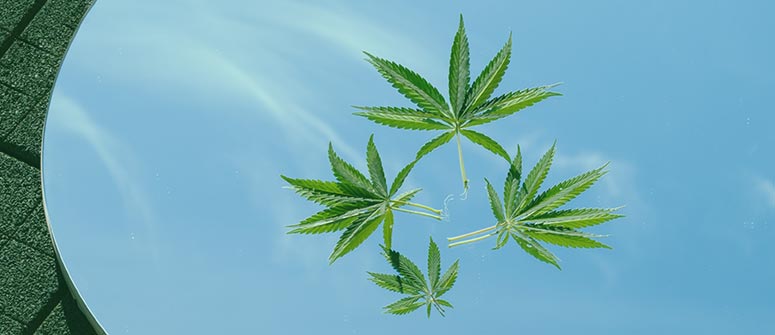
The above six materials are your go-to reflective surfaces for growing weed; there’s little need to deviate from the list.
You might be tempted to try out some other materials, but we’d suggest you don’t bother. Below, we list two common materials that people may consider using, but that shouldn’t be used to grow weed!
Mirrors
Mirrors, they’re highly reflective right? That’s the point.
Nevertheless, they’re not a good bet when it comes to growing weed. Aside from creating a confusing and blinding environment to work in, mirrors also reflect a high amount of infrared light, meaning that the space will get very hot. Some heat is good when growing cannabis, but too much will hurt your plants and could even start a fire. And no crop is worth a house fire.
Styrofoam
Styrofoam does not work to reflect light when growing weed. Moreover, Styrofoam is highly insulative when it comes to infrared light, but not visible light or UV spectra. A Styrofoam lining will keep your grow room very hot, but will absorb a lot of light. In fact, depending on your grow space, a Styrofoam lining could be worse than no lining.
Essential tips for using reflective materials in your cannabis grow room
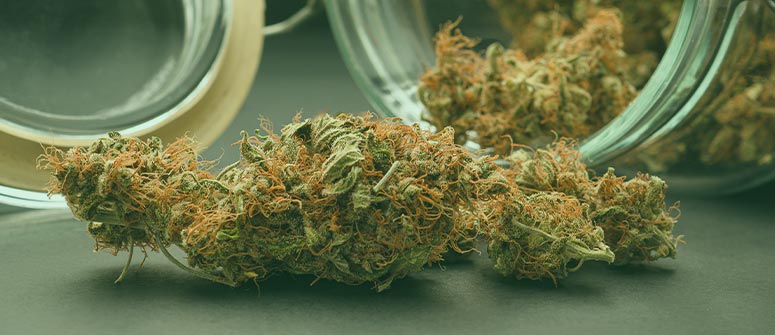
Now that you know about the materials you can and can’t use to line your grow room, here are some top tips to help you use them most effectively.
- Avoid tearing: tearing can significantly reduce the effectiveness of a film. If your material tears, use a reflective, insulative tape to seal it.
- Avoid creases and wrinkles: these can create hot spots when reflecting light, causing damage to your plants. Be thoughtful when applying your film.
- Walls should be flat, with as few bends as possible: as a result, light coverage will remain uniform without creating hot spots or areas of shadow. Corners can create problems. If possible, curve corners off.
- Clean: your reflective material will become dirty over time, and this will decrease the efficacy of the light reflected. Proper maintenance throughout the life cycle of your cannabis plants will keep light reflection high, driving plant growth and bud production.
- Don’t break the bank: if you’re new to growing, be realistic! Start with Mylar, as it’s cheap and effective, and only consider a more expensive option if you’re sure that growing is for you. On that note, consider building your own grow tent too.
The best reflective material to grow big buds
In most cases, diamond Mylar is probably a good bet. This is especially true for novice growers who don’t want to make too much of a commitment. If the time comes when you’re ready to dedicate more time, money, and space to grow weed, then the choice is yours.
The main factor is reflectivity—the more reflective the material, the bigger your harvest is likely to be!
.jpg)
.jpg)

.jpg)
